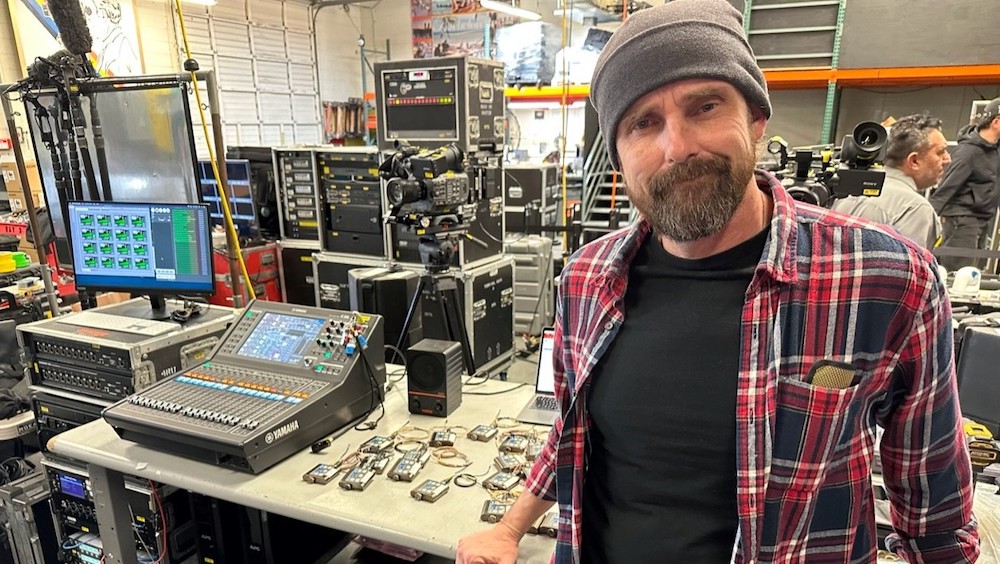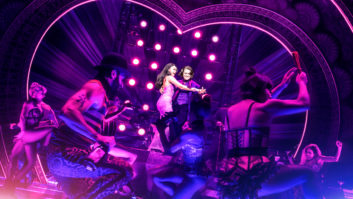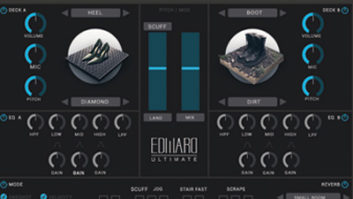
Los Angeles, CA (March 21, 2024)—Reality TV audio supervisor Robert “Bobby” Brehmer and Gregg Kita, co-owner of AV equipment rental house RGear, longtime Lectrosonics users, are currently deploying the D2 line on the Below Deck franchise.
“Reality TV is very different than doing anything scripted, the way the story can change on a dime and how the crew has to follow that,” Kita explains. “Though you can mix and process audio in post, you typically can’t call talent in to re-record dialogue. So, it has to be right the first time. Lectrosonics met this need from the very beginning — I’ve been using it for probably 30 years on reality series.”
One of many factors that sets some reality shows apart from fictional drama or comedy is the sheer number of cast members. “Casts are often very large,” Kita says, “often 25 to 30 members. Of course, they’re not usually all together at the same time. Bobby has around 30 receivers going at once — several DSQD receivers in a ‘control room’ with him and an elaborate antenna system around the boat to get coverage for the majority of the entire yacht. For the ENG mixers running around with each camera and mixing only what their camera is shooting, it isn’t practical for them to have that many receivers in their audio bag. The DCR 822 is ideal because it has two channels; so, they carry eight channels around — four dual DCR 822s — and rely on the party dial feature in the DCR 822.”
Meeting the Challenge of Manhattan’s RF
“One cool thing about the DCR822 is that you can have a person’s name show up on the channel,” Brehmer adds. “So, we don’t need to remember that so-and-so is on 500.125, for example. We can just dial them up by name.”
Another pitfall: Film sets are stationary, but a traveling vessel will likely encounter ever-changing RF environments. “The yacht might come into a port where there are new digital transmission towers for broadcast or 5G,” Kita notes. “That means we must be very agile and quick about switching to new frequency plots, but holding onto whatever is still working in order to interrupt the story flow as little as possible.”
For this task, Brehmer keeps a laptop running Wireless Designer at arm’s reach. “Wireless Designer is now my primary intermod coordinator,” he says. “It’s very consistent and has become the straight go-to for us.”






